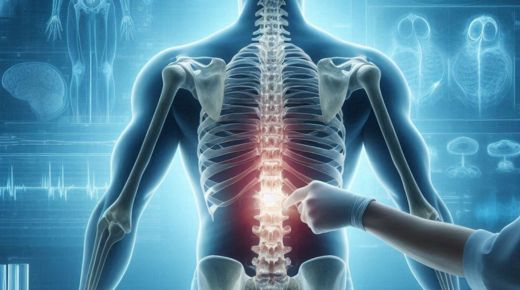
Spinal deformities can disrupt lives. They often result from conditions like scoliosis, age-related changes, or trauma such as auto accidents Florida. Orthopaedic spine surgeons face these challenges with precision and care. Their expertise combines advanced technology, skilled techniques, and a deep understanding of the human spine. By addressing deformities, they help restore function and relieve pain.
Understanding Spinal Deformities
Spinal deformities come in various forms. Each type affects posture and mobility differently. The most common include:
- Scoliosis: A sideways curvature of the spine, often appearing during growth spurts.
- Kyphosis: A forward rounding of the back, resulting in a hunched posture.
- Lordosis: An inward curve of the lower back, creating a swayback appearance.
These conditions can arise due to genetics, aging, or injury. Understanding the root cause aids in treatment planning. The goal is always to improve the quality of life. For a deeper dive into spinal deformity types, visit the National Institute of Arthritis and Musculoskeletal and Skin Diseases.
Diagnosis and Assessment
Diagnosis begins with a physical exam. Surgeons assess the spine’s alignment and flexibility. Imaging tests like X-rays or MRIs provide detailed views of the spine’s structure. These tools reveal the extent and nature of the deformity. Early detection is crucial. It allows for a broader range of treatment options and better outcomes.
Treatment Strategies
Orthopaedic spine surgeons use various strategies to address spinal deformities. These strategies focus on three main areas:
| Treatment | Description | Goal |
| Bracing | Non-surgical option using braces to support spine alignment. | Prevent progression of deformity. |
| Physical Therapy | Exercises to improve posture, strength, and flexibility. | Enhance mobility and reduce pain. |
| Surgery | Corrective procedures to realign the spine. | Restore function and alleviate symptoms. |
Bracing is often recommended for children or adolescents whose bones are still growing. Physical therapy benefits all ages and is a critical part of both surgical and non-surgical treatment plans. Surgery is considered when other treatments do not yield the desired results. It can involve spinal fusion or other corrective procedures.
Innovations in Surgical Techniques
Advancements in technology have transformed spinal surgery. Minimally invasive techniques reduce recovery time and lower the risk of complications. Surgeons now use tools like robotic assistance and computer-guided navigation. These tools enhance precision and improve outcomes.
For those interested in the latest surgical innovations, the Johns Hopkins Medicine provides an excellent resource.
Post-Treatment Care
Recovery from spinal treatment varies. Routine care is more effective after treatment. Surgeons work with patients to develop personalized recovery plans. These plans often include:
- Physical therapy sessions.
- Regular follow-up visits to monitor progress.
- Home exercise programs to maintain spine health.
The goal of post-treatment care is to ensure the long-term success of the intervention. Patients are encouraged to stay active and adhere to their recovery plans. This approach helps maintain the benefits achieved through treatment.
Conclusion
Orthopaedic spine surgeons play a vital role in addressing spinal deformities. Through careful diagnosis, innovative treatment strategies, and dedicated post-care, they significantly improve patients’ lives. The advancements in the field continue to offer hope and healing to many. By staying informed and seeking early intervention, individuals with spinal deformities can look forward to a future with greater mobility and less pain.


